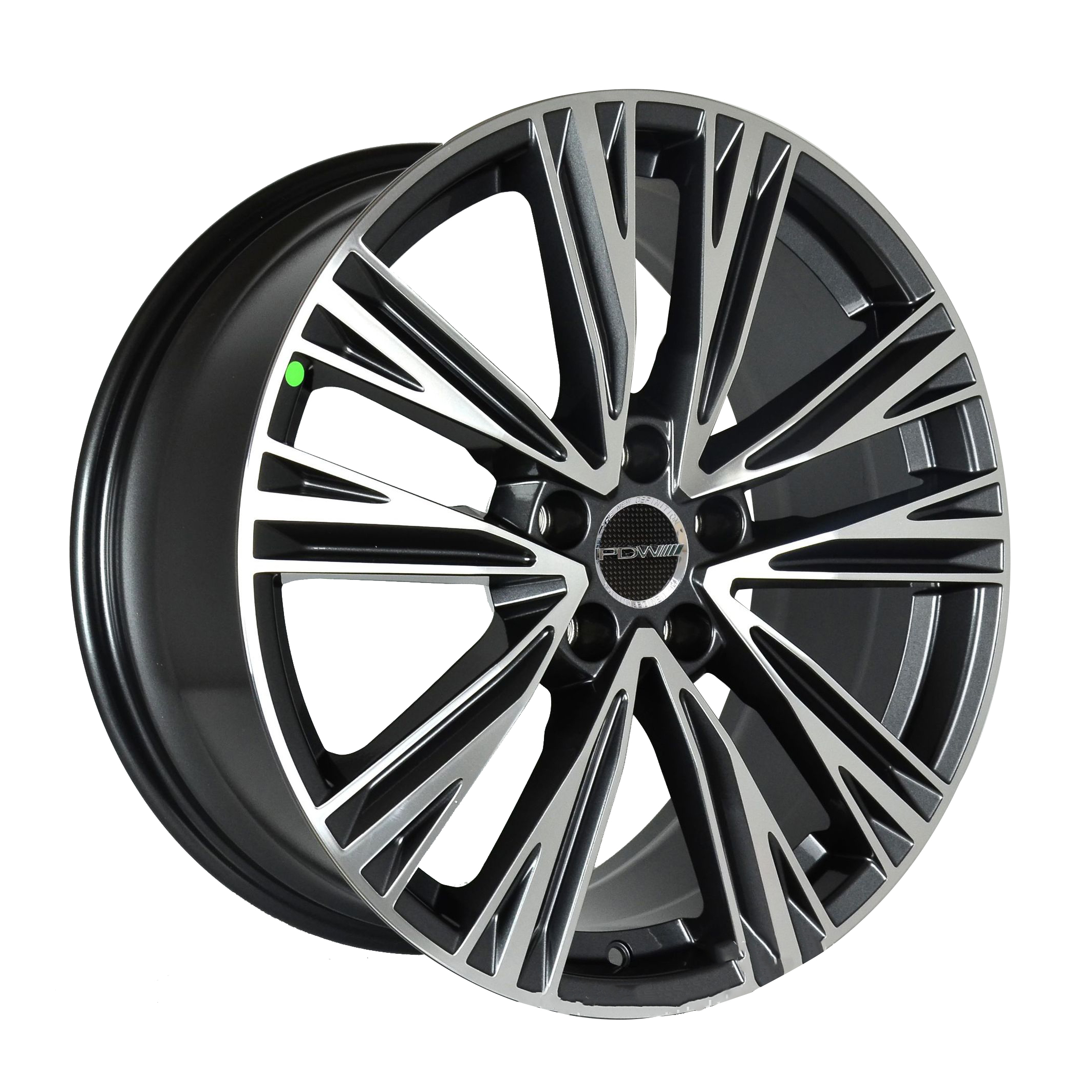The performance and safety of equipment trucks in rugged environments depend significantly on one often-overlooked component: the wheels. Specifically, Heavy Duty Off Road Wheels Rims for Equipment Trucks are essential to sustaining mobility and load-bearing capabilities in off-road and high-impact operations such as mining, construction, agriculture, and military logistics. The production process of Heavy Duty Off Road Wheels Rims for Equipment Trucks must meet stringent structural, material, and dimensional standards to ensure reliability under conditions.

The manufacturing process of Heavy Duty Off Road Wheels Rims for Equipment Trucks begins with the careful selection of raw materials. Typically, high-grade carbon steel or specialized alloy steel is chosen for its strength, durability, and resistance to impact and fatigue. The steel must have the ability to withstand cyclic loads and resist deformation under pressure.
In some specialized applications, manufacturers may also explore the use of forged aluminum or hybrid materials, but steel remains the common choice due to its proven performance in heavy-duty environments. The material used in Heavy Duty Off Road Wheels Rims for Equipment Trucks is often pre-treated to enhance hardness, corrosion resistance, and weldability.
Once the material is selected, the next stage in producing Heavy Duty Off Road Wheels Rims for Equipment Trucks involves shaping. Depending on the design and size requirements, manufacturers may use either hot forging, spin forming, or rolling processes to form the basic rim and disc structure.
In hot forging, heated steel billets are pressed into dies under high pressure to form a dense and uniform metal structure. Spin forming, which involves rotating the steel under pressure while being shaped against a mold, is often used for larger diameter rims. These techniques ensure that Heavy Duty Off Road Wheels Rims for Equipment Trucks have grain alignment and fatigue resistance.
After forming, precision machining is performed to achieve tight dimensional tolerances. Holes for wheel studs, valve stems, and mounting points are drilled, and the bead seats and flange profiles are carefully shaped. The center disc is then welded to the rim section using robotic or semi-automatic welding machines to maintain consistency and structural integrity.
The welds in Heavy Duty Off Road Wheels Rims for Equipment Trucks must meet rigorous quality standards to prevent cracking or failure under stress. Non-destructive testing, such as ultrasonic inspection or X-ray analysis, may be applied to check for internal weld flaws.
The surface of Heavy Duty Off Road Wheels Rims for Equipment Trucks must resist corrosion, especially in outdoor and moisture-laden environments. After machining and assembly, the rims undergo cleaning and shot blasting to remove surface contaminants and create an texture for coating adhesion.
A primer coat is applied followed by a powder coating or specialized paint finish. Some rims may also receive a zinc-rich epoxy or electrostatic coating, depending on their intended use. These finishes are critical in ensuring Heavy Duty Off Road Wheels Rims for Equipment Trucks remain serviceable in harsh conditions such as mud, sand, or chemical exposure.
Before being approved for sale, Heavy Duty Off Road Wheels Rims for Equipment Trucks must undergo a series of tests that replicate real-world use. These include:
Radial fatigue testing, to simulate long-term load cycling
Impact testing, to determine resistance to rock or curb strikes
Bending moment testing, to measure deformation under offset loads
Corrosion testing, such as salt spray or immersion testing
Only rims that pass these evaluations can be certified for off-road use. These tests are vital to validate that Heavy Duty Off Road Wheels Rims for Equipment Trucks can sustain thousands of operational hours without failure.